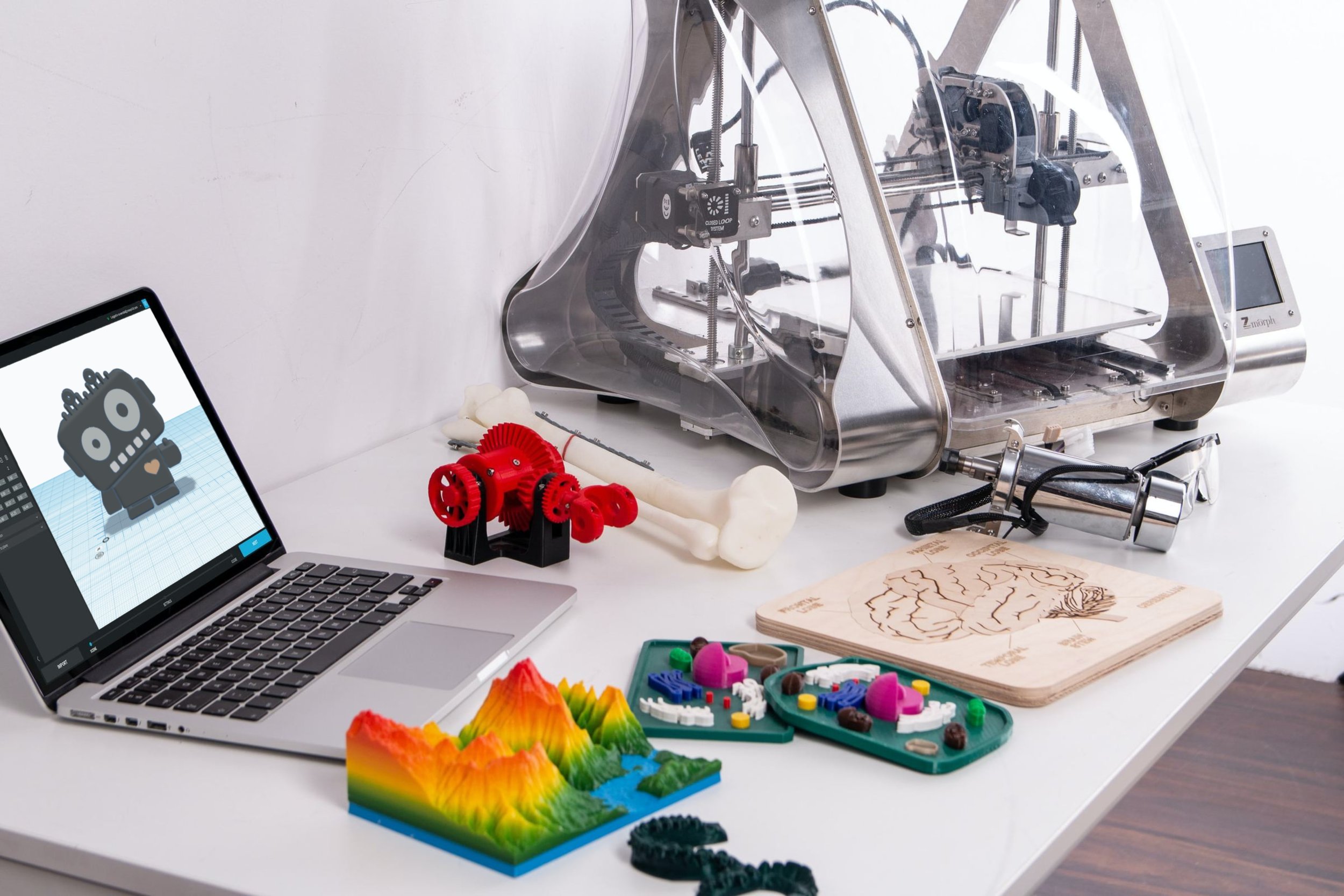Rapid Prototyping and 3D Scanning - What You Need To Know.
Need to get a prototype made…rapidly? Here’s what you need to know. In this day and age, people want things done quickly. While we understand that sometimes it’s not always possible, by incorporating a 3D scanner into your prototyping arsenal, you’ll be able to speed the process up significantly.
What Is Rapid Prototyping?
Rapid prototyping is the rapid creation of a physical item, model, or assembly using 3D computer-aided design software (CAD). The component, model, or assembly is often made via additive manufacturing, also known as 3D printing.
Rapid prototyping (RP) covers many manufacturing processes, most of which rely on layered additive manufacturing. Other RP methods include high-speed machining, casting, moulding, and extruding.
While additive manufacturing is the most common form of rapid prototyping, other traditional methods can also be utilized to build prototypes.
Rapid prototyping is a pretty new phrase that refers to the process of rapidly (see what we did there?) building a prototype to visually and operationally evaluate a component or some part features. Individual elements are sometimes quickly fabricated separately and combined to test the prototype.
Is rapid prototyping the same as 3D printing?
In a word- No. In the current product development process, rapid prototyping is widely used with phrases like 3D printing and additive manufacturing because 3D printing initially gained popularity to produce prototypes swiftly.
3D Scanners for Rapid Prototyping
3D scanning takes the geometry of a real-world object or environment and digitizes them. The data is usually represented in STL (stereolithography) file format as a point cloud. This data is used throughout the product life cycle, from design to manufacture. The data gathered is utilized to build digital models.
This technique is most commonly used in robotic mapping, industrial design, orthotics and prosthetics, reverse engineering and prototyping and quality assurance,
A 3D scanner can be based on various technologies, each with its own set of limitations, advantages, and price. Optical technologies, for example, may have difficulty with dark, bright, or clear objects. Digital models may be created using industrial computed tomography scanning, structured-light 3D scanners, LiDAR, and Time Of Flight 3D Scanners without harmful tests.
3D Scanning and Rapid Prototyping
Rapid prototyping is an excellent method to test the function, dimensions, and assembly components without going through the traditional prototyping process, which is time-consuming and needs particular tools and trained technicians.
A 3D scanning system can be useful for quick prototyping, especially when dealing with freeform geometry. A 3D scanner can swiftly capture the dimensions of a model to manufacture a prototype efficiently. Modifications made to the prototypes can also be included in the design to build further prototypes.
Conclusion
When you are involved in product development and execution, you must first assess whether the design goal is achievable and whether all tools and software required to complete the project are accessible and available. Then, to speed the design cycle, you design pieces (typically with complicated forms and geometries) and produce 3D models while reducing iterations.
Compared to traditional approaches, a 3D scanning solution saves a large amount of time. Dimensions needed for the prototype process are rapidly measured and made available to the designer so that the job may be completed
At My Engineering, we provide fast and straightforward engineered solutions, specializing in mechanical engineering. Contact us for all your 3D scanning and scanner needs.


